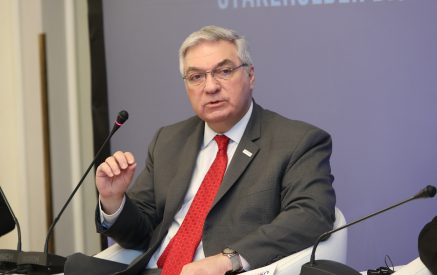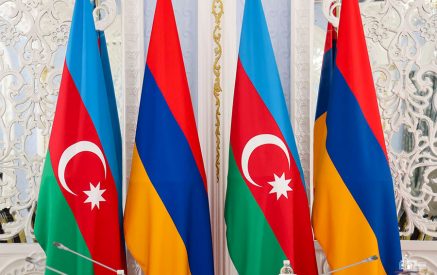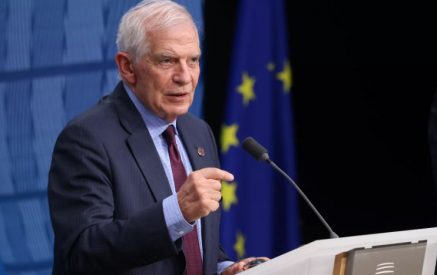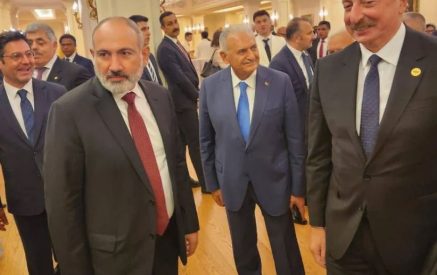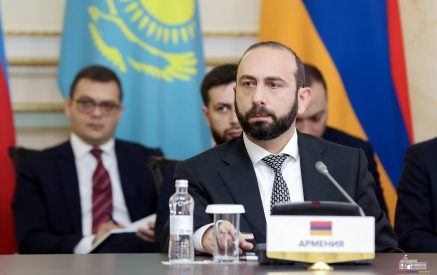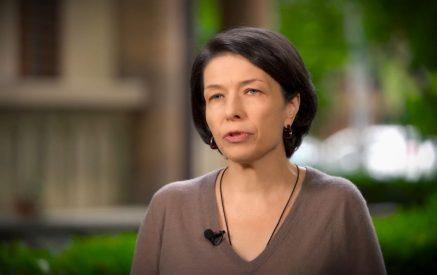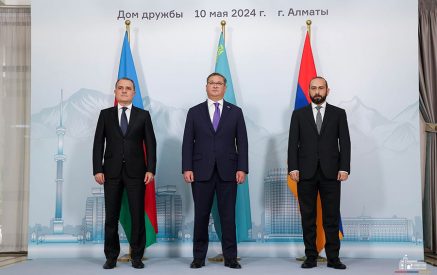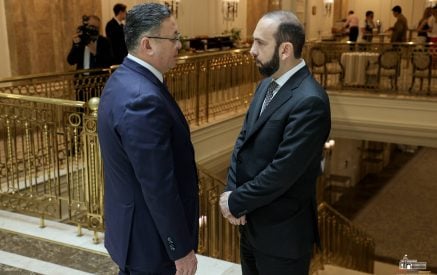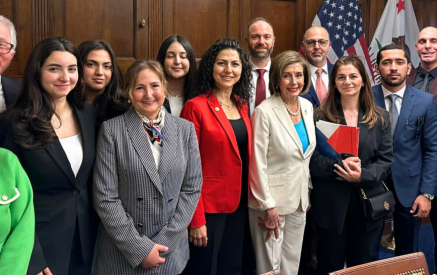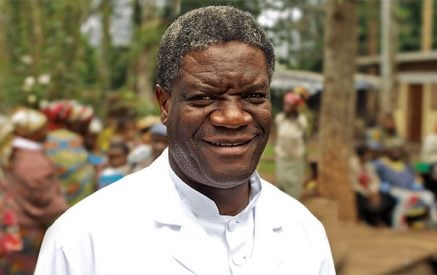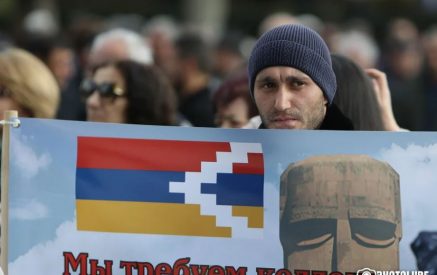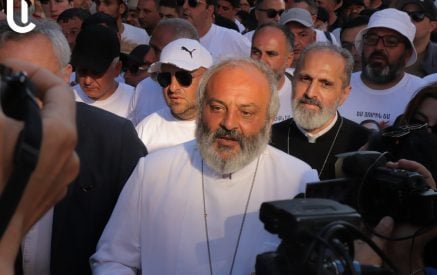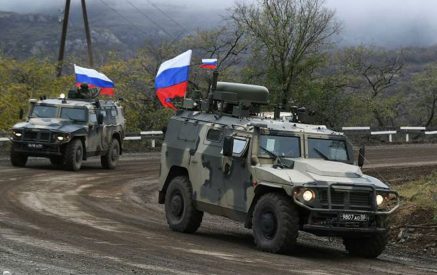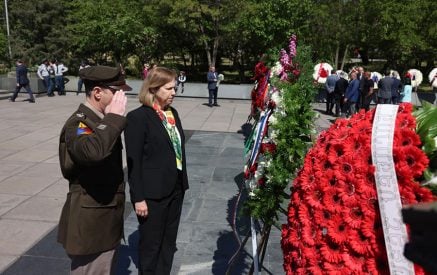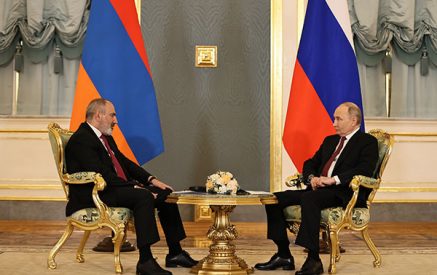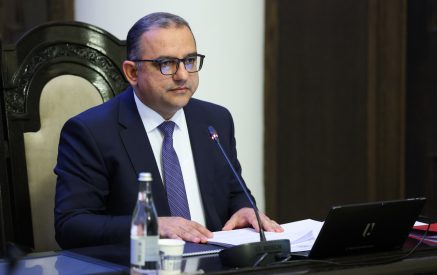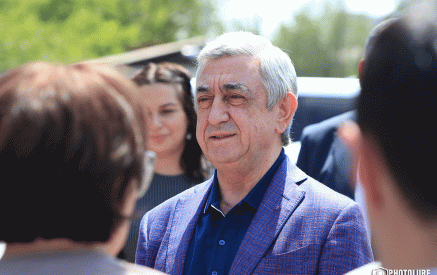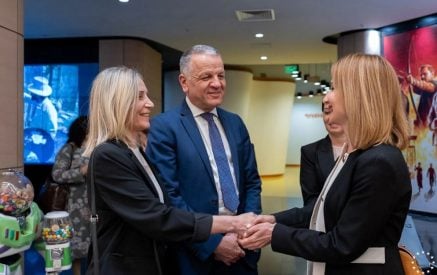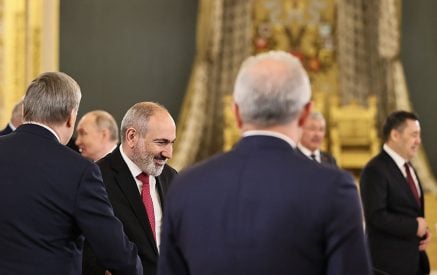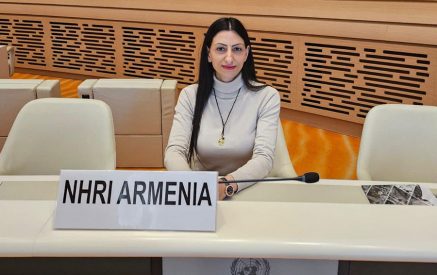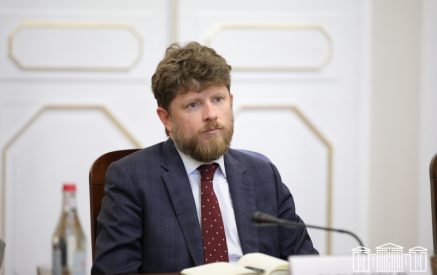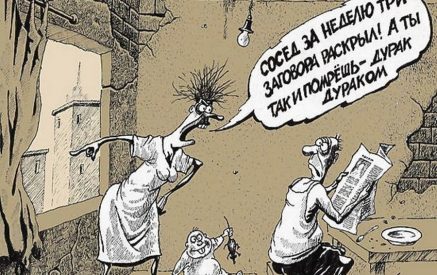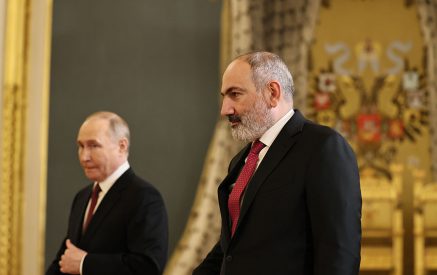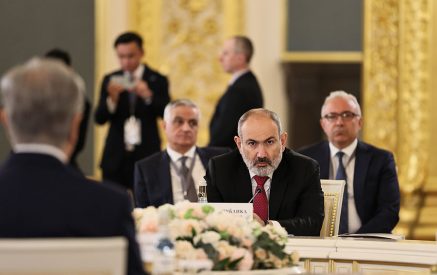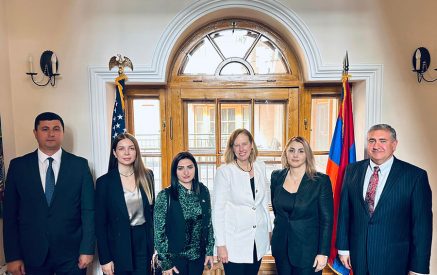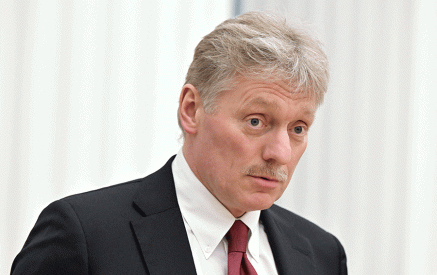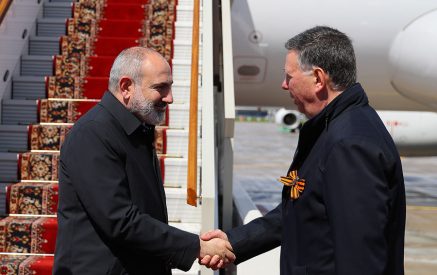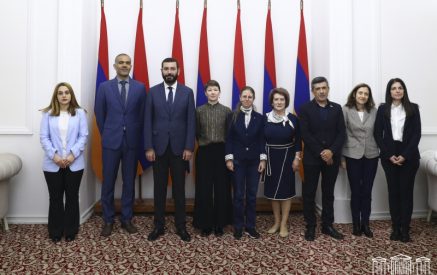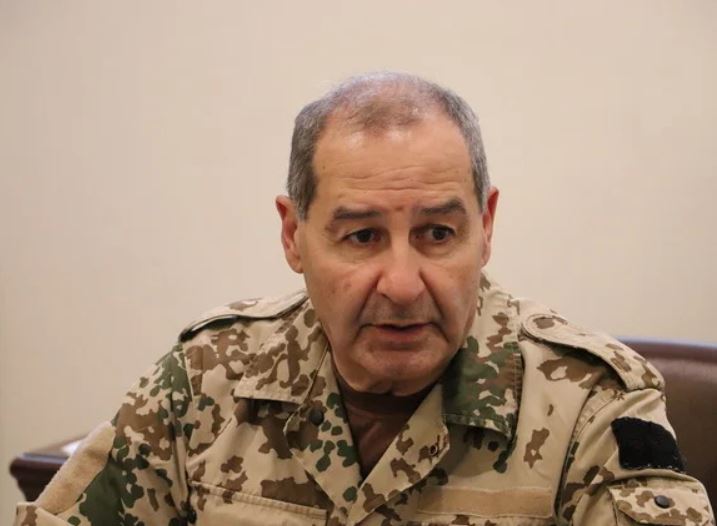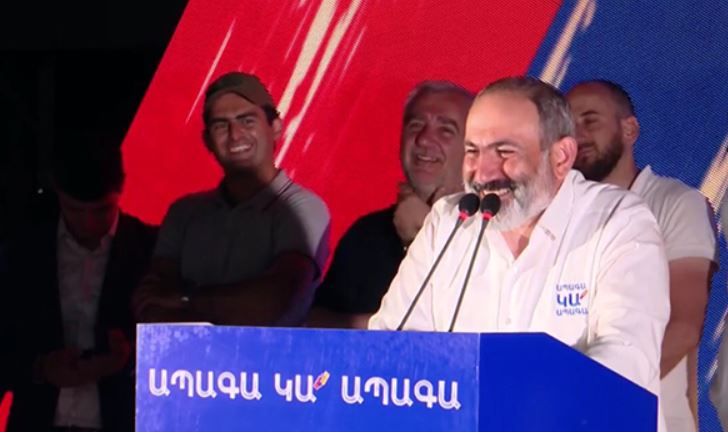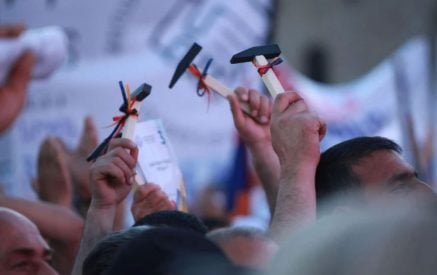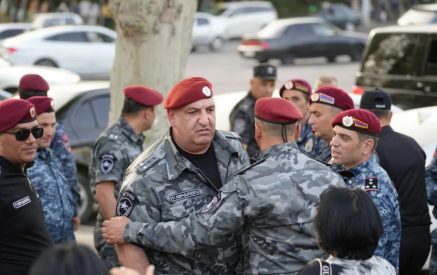No to the diplomacy “under the iceberg”, yes to the strengthening defensive capacity
On October 3, by the decree of President Serzh Sargsyan, Vigen Sargsyan was appointed a Minister of RA Defense and Edward Nalbandian was reappointed a Minister of Foreign Affairs. By another President’s decrees, Yuri Khachaturov was appointed a Secretary of the National Security Council, and Movses Hakobyan – Chief of General Staff of the RA Armed Forces.
When appointing Vigen Sargsyan to a new position, Serzh Sargsyan “highly appreciated” his work in the position of a coordinator for a number of events in the past years and expressed confidence that he would be able to justify the trust of all in the position of defense minister. “Vigen, I once again congratulate you and wish you success. No need to say that the advancement of our country will be also conditioned by your work, and certainly, the further enforcement of our defensibility.”
After the four-day war in April, at the front line and in the diplomatic camp, there were many questions about the political efficiency led by Armenia, and there was a belief that changes, however, are highly necessary. Here, the most intrigue considered appointments of defense and foreign ministers were made. Again, the question of possibilities of making systemic changes by the replacement of persons, one can assume, that it will take a significant place in the public discussions for a long time, what can Vigen Sargsyan do, which Seyran Ohanyan failed to do, this or other questions …
Read also
The problem is that Armenia and Artsakh have appeared in a new situation, and along with all existing dangers and threats, a broad field has been created for the Armenian side to act from stronger positions in the settlement of the Karabakh conflict as compared with Azerbaijan.
New approaches, strategy and tactics are necessary to elaborate for the actions of the Armenian side both on the border and the diplomatic camp. Leaving the situation to take its course is unacceptable. Indeed, radical and non-standard solutions are necessary.
Edward Nalbandian used to repeat a thought over the years that “diplomacy looks like a big iceberg and only a very small part of it is visible, while the great part of it is under the water.” As to what are the results in Armenia’s diplomacy so far “under the water”, perhaps it is known only to Armenia but in the future, instead of looking for results “under the water”, our society must see new practices from RA MFA. This does not mean that the secret negotiations of Armenian diplomacy should be disclosed, or the conversations and agreements with diplomats of various countries should be decrypted. Armenia should run an initiative foreign policy in the availability of a country leader like Aliyev, who is engaged in disseminating hatred towards Armenians, the aggressive policy, introducing all Armenians throughout the world as an enemy and advocating militant policy inside the country for many years.
Our society does not have to go down “underneath the iceberg” to look for success, the diplomatic achievements should be tangible, and let the work on the way to it remain “under the iceberg”. Recently, Edward Nalbandian delivered a speech on Armenia’s foreign policy at the Carnegie Endowment in Washington. He presented the leading American analysts to the consequences of aggression unleashed in April by Azerbaijan against Nagorno-Karabakh, Armenia’s and the OSCE Minsk Group co-chairs’ efforts to overcome them, the current round of peace process of Nagorno-Karabakh, the agreements reached at the summits in Vienna and St. Petersburg, Azerbaijan’s destructive stance and the attempts of refusal of the agreements by Azerbaijan.
On September 28, Edward Nalbandyan delivered a speech at the Institute of International Studies of Stanford University entitled “Nagorno-Karabakh problem: is a solution visible?” He presented the essence of the Karabakh conflict in detail, noting that in 1921, Nagorno-Karabakh was arbitrarily annexed to Azerbaijan by Joseph Stalin, and 70 years later, on the threshold of the collapse of the Soviet Union, the people of Nagorno-Karabakh thru the referendum and in compliance with the then existing legislation and international norms, voted in favor of independent statehood.
He told about the large-scale military attacks, massacres and ethnic cleansing by Azerbaijan against Artsakh. Citing the July 1994 and February 1995 treaties on the reinforcement of the ceasefire regime, he noted, “Azerbaijan regularly violates these treaties. Baku instead of being seriously involved in the negotiation process has focused its efforts on strengthening its military capacity, with an illusion of holding negotiations based on the threat of weapons. This is a clear example of negotiations held under the threat of weapons. In 2015, Azerbaijan’s military budget amounted to 4.8 billion dollars, 30 times more than in 2003 when Ilham Aliyev replaced his father in the position of country’s leader. We had warned that if weapon exists, it will definitely shoot. And this weapon fired many times, the most recent example, as I mentioned, was in April this year.”
Whom has official Yerevan warned for “the presence of weapons?” Has official Yerevan ever tried to get an official explanation from Armenia’s strategic ally Russia that supplies weapons to Azerbaijan for the treaties on selling multibillion-dollar of weapons? For years, the Russian and Armenian officials, including Nalbandyan, as well as experts, were justifying “Moscow’s business.” Now, it turns out that “they are warning?” Whom, the West to “hold Aliyev’s hand” and not let him shoot…?
Number one problem of Armenia’s diplomacy should be inciting the Azerbaijani authorities to reconcile with the status of Nagorno-Karabakh, to fulfill the right to self-determination of the people of Nagorno-Karabakh as an objective. “Visible solution to the Nagorno-Karabakh conflict goes through ballot and not bullets,”- said Nalbandian. It is wonderful but requires specific task, not only speeches and dissemination of official press releases.
Incidentally, recently, in Baku, in the framework of ADEX-2016 international defense exhibition-2, Russia and Azerbaijan signed a memorandum on the joint production of tactical missiles of a new generation. The memorandum was signed by the “Sharg” Production Union of the Ministry of Defense Industry of Azerbaijan and the “Tactical Missile Weapons” Company of Russia. It is about tactical missiles of the new generation “air-to-air” and “air-to-ground”. Russian showroom was the biggest in the exhibition. “Rosoboronexport” particularly exhibited military items of about 28 Russian companies. Also, an agreement was signed in Azerbaijan on the establishment of a Russian-Azerbaijani center for the maintenance of military helicopters, which was announced earlier.
Earlier, at the launch of the exhibition, Yaver Jamalov, the Minister of Defense Industry of Azerbaijan, informed about the intention of starting a production of missiles. He noted that for obtaining technologies necessary for the production of 280 km-range missiles, official Baku is negotiating with a number of foreign companies. This is a remarkable information against the background of turmoil raised regarding “Iskander” demonstrated in Yerevan, on September 21, at the military parade dedicated to the 25th anniversary of the independence of Armenia.
Certainly, Azerbaijan’s multi-billion dollar military budget is not a guarantee for reaching advantages in the possible war or attacks against the Armenian Armed Forces, however, it becomes obvious from Armenia’s Ministry of Defense that entirely new military-political approaches are required.
EMMA GABRIELYAN




